How can carbon dioxide, which has been portrayed as a dangerous pollutant threatening the very existence of humankind, be considered even remotely beneficial? Sadly, such a question can be expected from people – children and adults – who have been fed irrational fears in place of well-established science that shows CO2 to be an irreplaceable food for plants and necessary for all life.
Even some who recognize CO2 as sustenance consider increasing atmospheric concentrations of the gas to be potentially catastrophic, a view devoid of scientific basis and inimical to the fortunes of malnourished millions.
Corn, or maize, is foundational—along with rice, wheat, soyabean—to global food security, serving as a critical source of nourishment for both humans and livestock. Over the past few decades, increases in atmospheric CO2 from industrial emissions have tracked with notable boosts in corn yields.
Between 1900 and 2024, the national corn yield in the U.S. rose to 183 bushels per acre (bu/A) from just 28 bushels. During the same period, atmospheric CO2 increased from 295 parts per million (ppm) to 419 ppm. Worldwide, corn yield rose from a mere 29 bu/A in 1961 to 86 bu/A in 2021.
This phenomenon is not merely coincidental; it is deeply rooted in the physiological characteristics of corn as a C4 category plant. C4 plants like corn – so named for the number of carbon atoms in their photosynthetic product — possess unique biochemical pathways that make their photosynthesis particularly efficient under high concentrations of CO2 and elevated temperatures. Such plants employ a mechanism that concentrates CO2 in specialized structures called bundle sheath cells.
Higher CO2 levels also improve water-use efficiency in corn, which is particularly beneficial where water supplies are limited or during droughts. This efficiency translates into enhanced growth rates and potentially greater yields. In fact, researchers say that “less water will be required for corn under a high-CO2 environment in the future than at present.”
Augmented corn yields driven by increased atmospheric CO2 have had profound effects worldwide, contributing to an agricultural boom that bolstered farm incomes and enhanced food security across diverse regions. Countries like the U.S. with significant corn production have experienced elevated export revenues, strengthening national economies and their positions in the global market.
But this remarkable impact of elevated CO2 is not just limited to C4 crops like corn. C3 plants, such as wheat, rice, potatoes, and soybeans, all rely on an enzyme called rubisco for carbon fixation. Rubisco’s efficiency improves significantly with higher CO2 concentrations because it reduces the enzyme’s tendency to bind with oxygen—a process known as photorespiration that limits productivity.
Consequently, elevated atmospheric CO2 often results in enhanced photosynthesis and biomass accumulation in C3 species, although to a lesser extent than with C4 plants. This is why rice and wheat yields can increase by up to 20-30% under elevated CO2 conditions. We have witnessed this in yield increases across most C3 food crops.
Notably, greenhouse farming—agronomy practiced inside a translucent tent to retain the sun’s warmth—often uses CO2 concentrations artificially increased to more than twice ambient levels to enhance growth.
The relationship between rising atmospheric CO2 and crop yields is clearly a positive one. So, ignore fearmongering media headlines about toxic human CO2 emissions. You, your family and the industries that support our society have greened the planet with daily emissions of carbon dioxide, making food more plentiful and affordable for those grappling with poverty and everybody else.
Source: California Globe


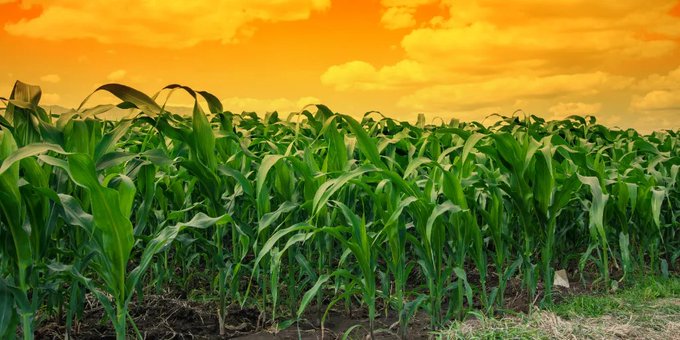
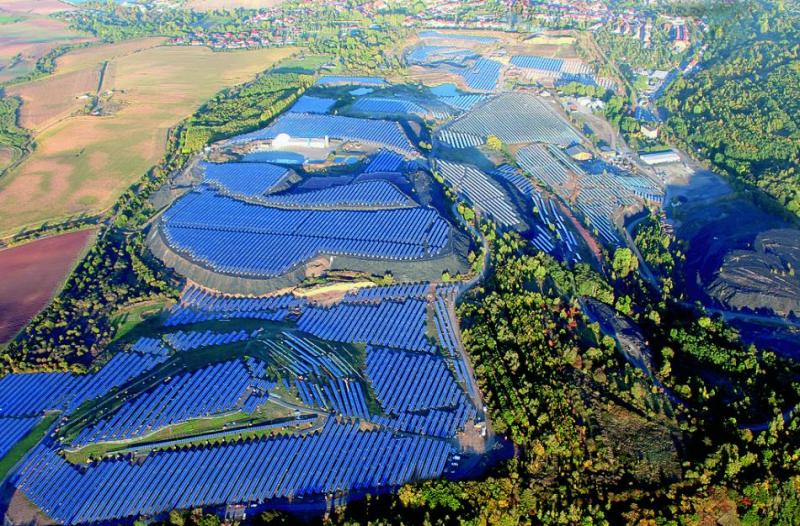
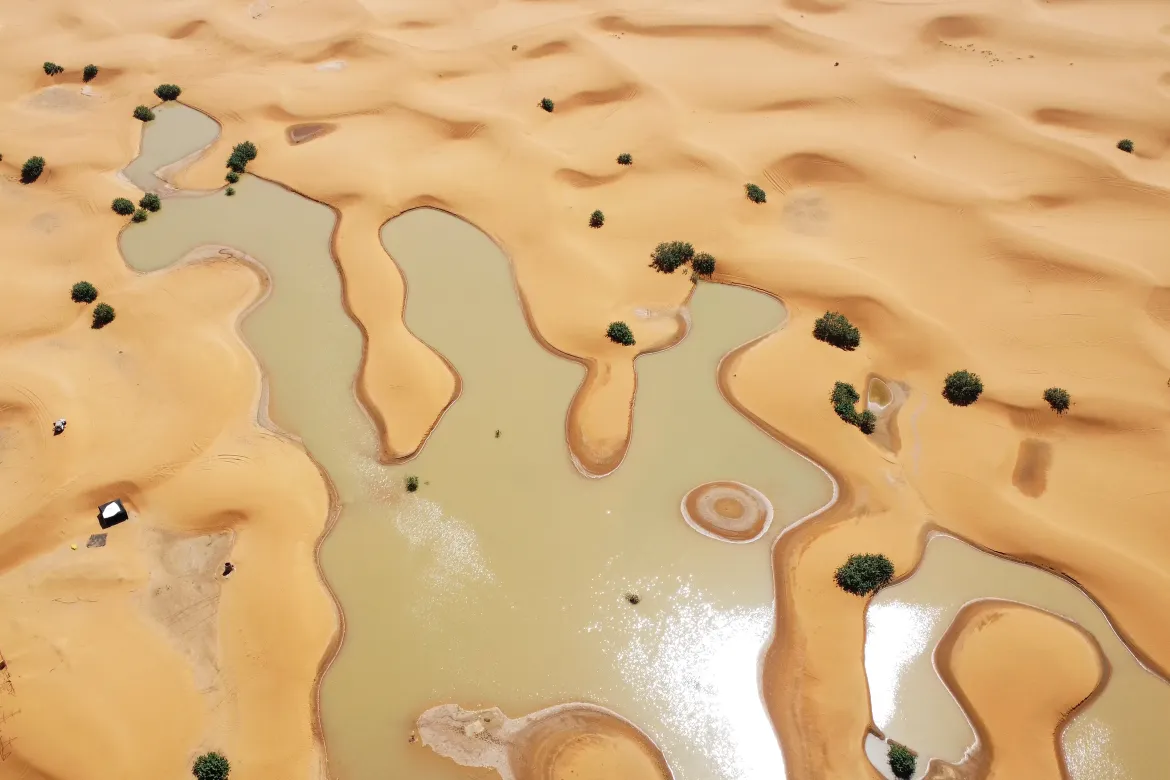
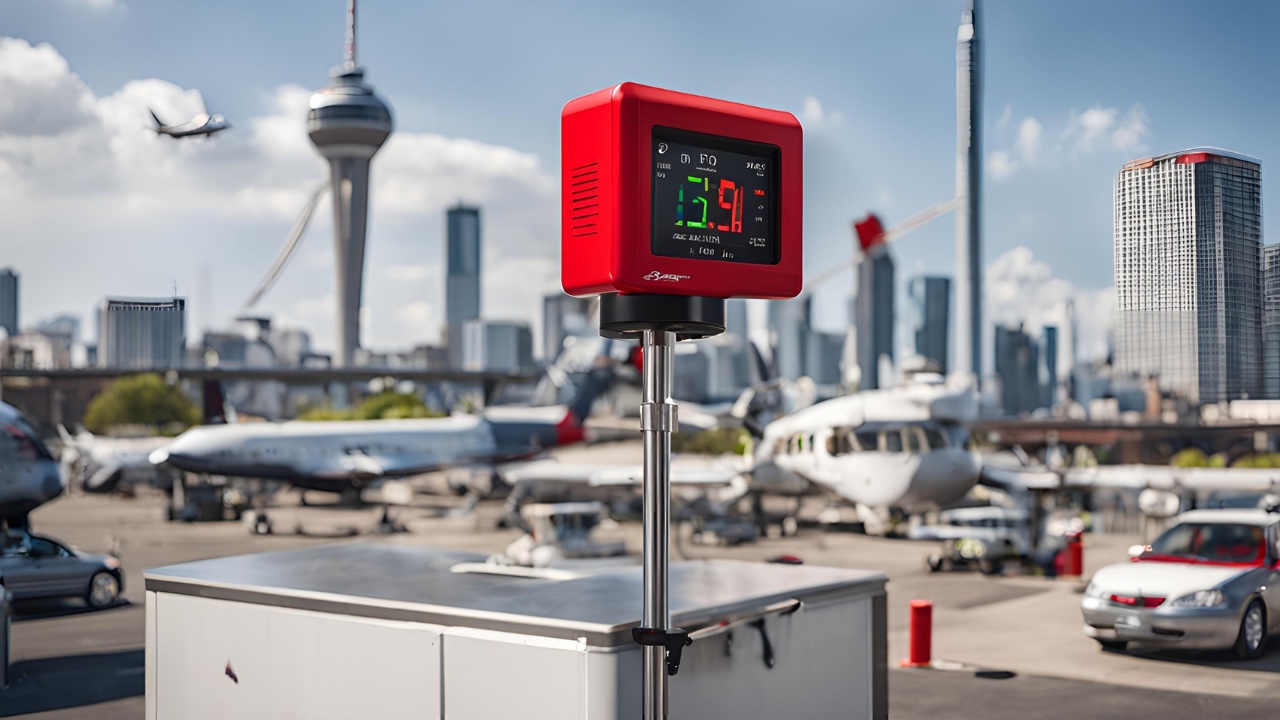


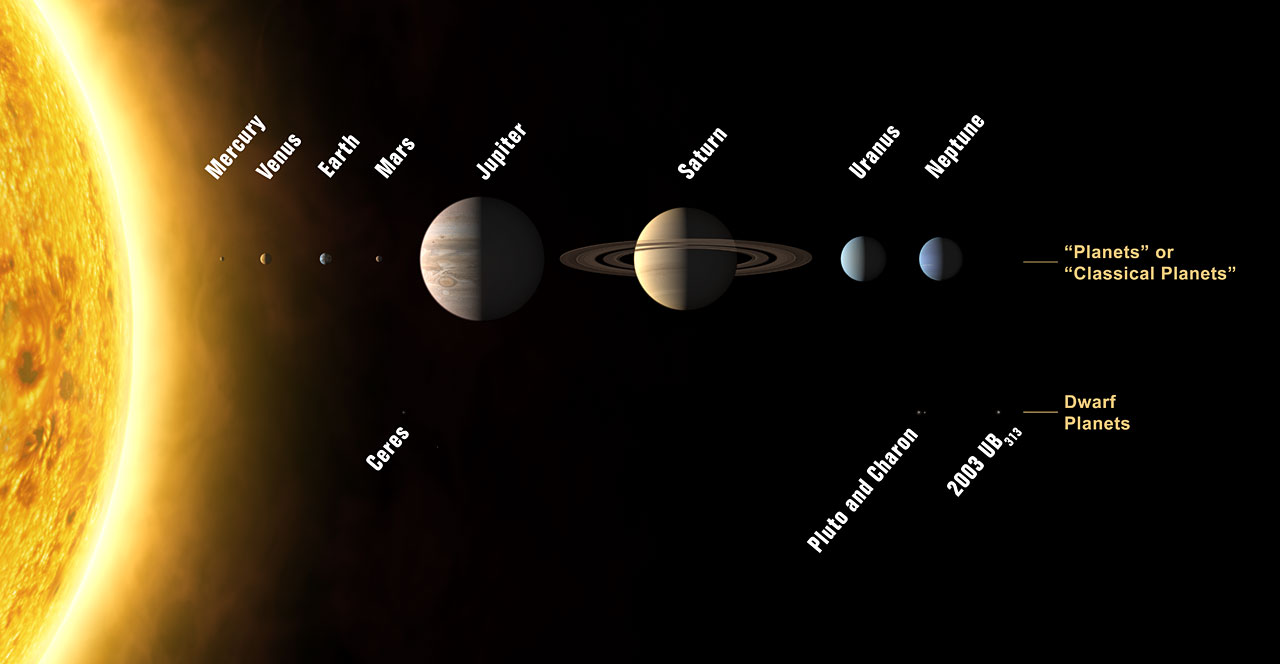
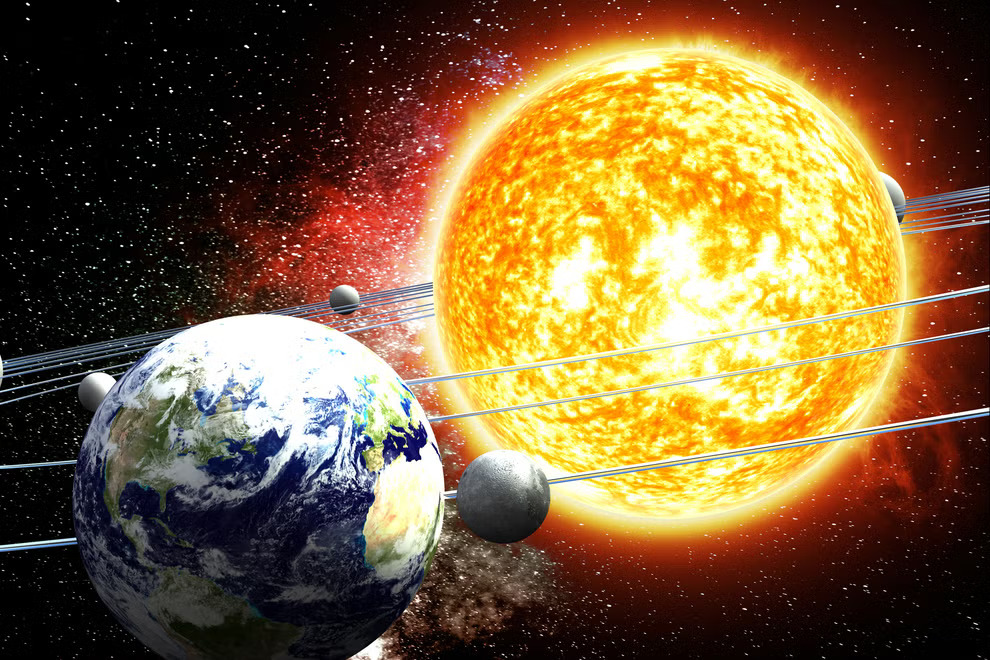
No comments.
By submitting a comment you grant Free West Media a perpetual license to reproduce your words and name/web site in attribution. Inappropriate and irrelevant comments will be removed at an admin’s discretion. Your email is used for verification purposes only, it will never be shared.